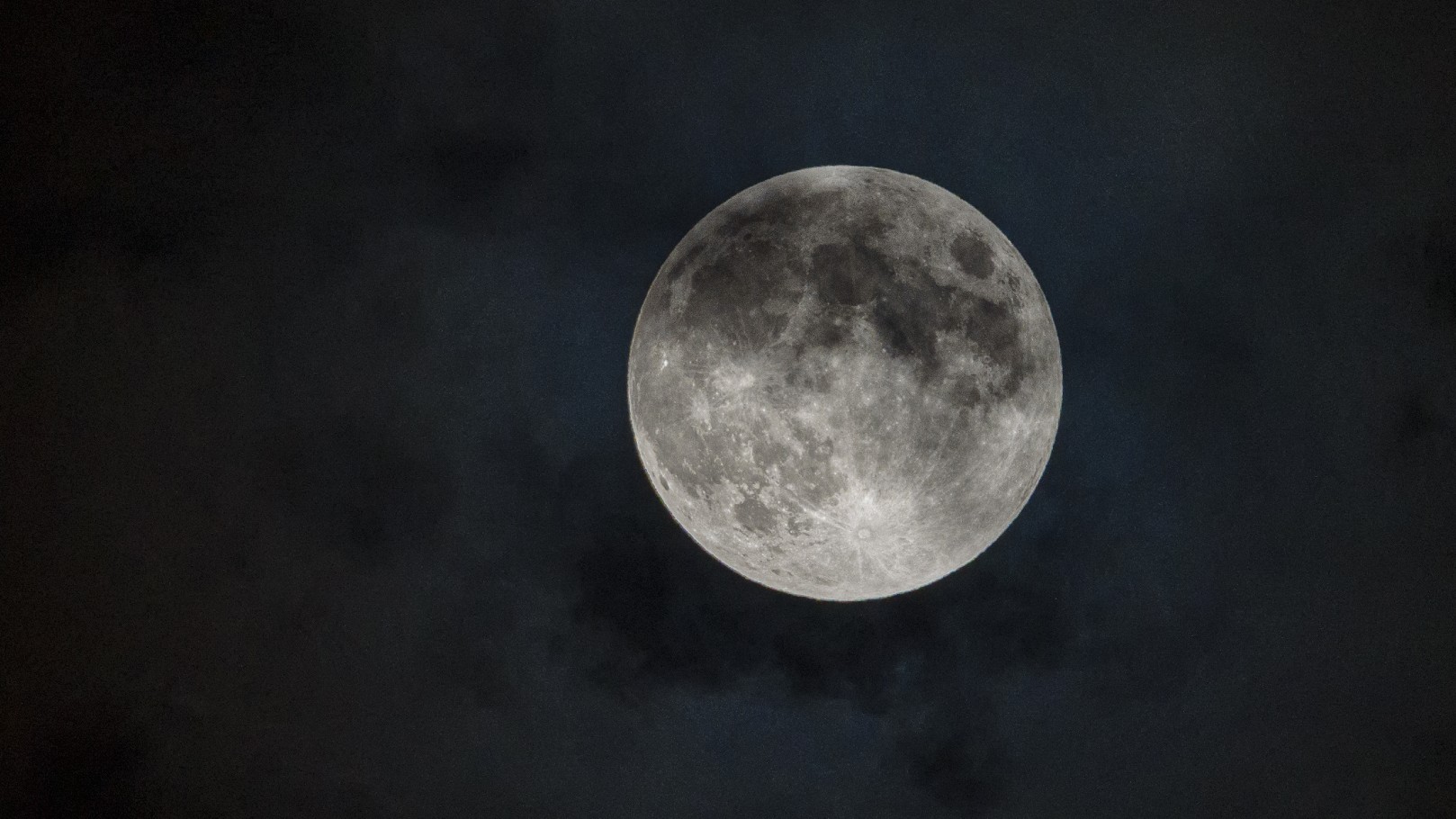How to see the full 'Flower Moon' eclipsed by Earth's shadow this weekend
May's full 'Flower Moon' rises on Friday (May 5) during the deepest penumbral eclipse until 2042. Only part of the world will be able to see it.

This weekend, the full 'Flower Moon' will move through part of Earth's shadow and be eclipsed for a few hours. The event that will be visible to more than 6.6 billion people, according to Timeanddate.com.
During the brief alignment this weekend, viewers in the Middle East, Africa, Asia, Australia, New Zealand and Antarctica, as well as the Atlantic, Indian and Pacific oceans will be able to view the moon being eclipsed. Parts of Europe (though not the U.K.) will also see some of the eclipse during moonrise on May 5.
This eclipse will take place between 15:14 UTC and 19:31 UTC on May 5, with maximum eclipse at 17:22 UTC. The event will take a total of 4 hours and 18 minutes.
Related: Will Earth ever lose its moon?
Meanwhile, the full Flower Moon — named for the flowers blooming all over the Northern Hemisphere at this time of year — will appear bright and full all over the world on Thursday, Friday and Saturday (May 5 to May 7).
The eclipse will occur because Earth will sit precisely between the sun and the moon, and is part of the same alignment of the moon's orbit that caused the recent total solar eclipse.
The result on Friday and Saturday will be a penumbral lunar eclipse, which is when Earth's outer shadow — its penumbra — falls on the moon, causing a subtle change in its light. While a full moon high in the sky is generally too bright to look at for more than a few seconds, the full moon during this eclipse will be very easy to look at without any glare. Observers may notice a shading on the lunar surface, according to EarthSky. You can see the full moon and eclipse with the naked eye, though a good telescope or pair of stargazing binoculars may enhance the view.
Sign up for the Live Science daily newsletter now
Get the world’s most fascinating discoveries delivered straight to your inbox.
However, the moon will just miss moving through Earth's umbra — its darker, inner shadow — making this the deepest penumbral eclipse until Sept. 29, 2042, according to Timeanddate.com.
When the moon moves through Earth's dark central umbral shadow, a total lunar eclipse occurs. The next total lunar eclipse — often called a “blood moon” — won't happen until March 13 to March 14, 2025.

Jamie Carter is a freelance journalist and regular Live Science contributor based in Cardiff, U.K. He is the author of A Stargazing Program For Beginners and lectures on astronomy and the natural world. Jamie regularly writes for Space.com, TechRadar.com, Forbes Science, BBC Wildlife magazine and Scientific American, and many others. He edits WhenIsTheNextEclipse.com.









